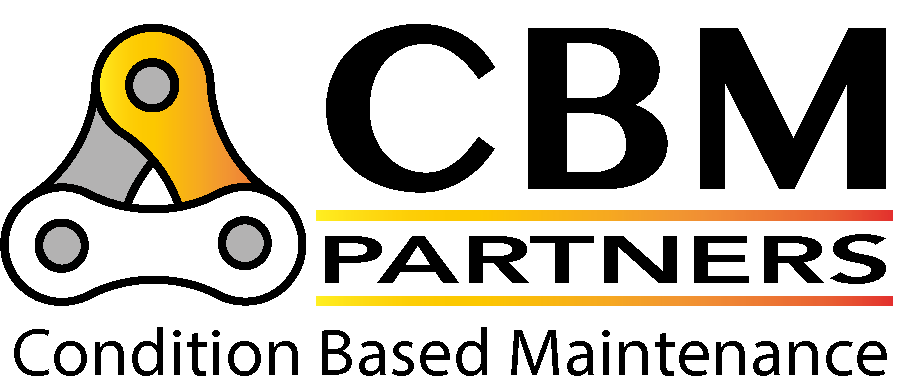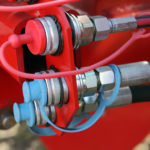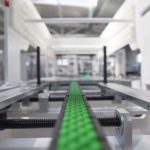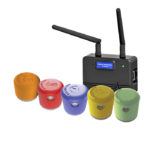
* Morpheus, The Matrix
“The best Vibration Analysts and Condition Monitoring Engineers combine solid academic foundations with extensive hands-on experience. Over years in the field, they’ve encountered countless real-world faults, recognising patterns not only through AI and data, but by working directly with failed machinery and driving reliability improvements through targeted, practical actions.”
Dr George Zolkiewxki >30 years hands-on CM and VA Training.
However, as we move towards the need for smarter, more sustainable operations in industry, the expectations placed upon the next generation of engineers continue to rise. We need college leavers and graduates who can do more than recall theory and analyse data. They need to be able to apply knowledge confidently, using the latest vibration analysis technology and methods, in real operations settings.
The Challenges: Why the Skills Gap Still Exists
Significant efforts are being made in modernising STEM education and there is wide availability of high-quality Condition Monitoring & Vibration Analysis Training, with standards set by the likes of Vibration Institute MOBIUS CONNECT and The British Institute of Non-Destructive Testing (BINDT) .
However, three persistent challenges make it difficult for colleges and universities to fully prepare students for roles in condition monitoring and asset management:
- Limited Access to Realistic Industrial Equipment
It is very difficult to provide students with access to the types of machines and monitoring systems they’ll encounter in the workplace. This results in a gap between theory and practical application. - Keeping Pace with Technology
The tools used in condition monitoring evolve rapidly, but educational institutions often operate on slower procurement cycles and constrained budgets. Students may graduate having trained on outdated equipment. - Lack of Industry-Integrated Curriculum
Many programmes still focus heavily on mechanical theory, with limited exposure to modern reliability, maintenance, or digital diagnostics practices, all of which play an important part in industrial environments.
Why This Matters to Industry
These challenges in education directly impact real-world industry, especially with increasing reliance on Predictive Maintenance Strategies :
- Skills Gaps: Graduates often require extensive additional training before they can contribute to maintenance or asset management teams, in real-life scenarios. Industry recruiters are ready for this, but the investment each time is considerable for a business, and the cost is often not financial but the time it takes to gain machine/fault experience.
- Sustainability Goals: Companies aiming for operational efficiency and carbon reduction need engineers who understand how condition monitoring reduces waste, energy use, and unplanned downtime. The only way to really understand this is to see it in action.
- Digital Integration: As more companies adopt Industry 4.0 tools, from IoT sensors to AI-driven analytics, they need digitally fluent engineers who can understand and act on machine health data.
How to go from knowing the path to walking the path…faster and smarter

Bridging the Gap: Practical Condition Monitoring Skills for Graduate Engineers
Graduates entering the world of reliability and asset management often bring strong theoretical foundations, but little exposure to real-world diagnostics. While academic programmes cover vibration analysis, signal processing, and predictive maintenance principles, students frequently lack access to faulted machinery or the tools used in live industrial environments.
This creates a gap between what’s taught and what’s expected on-site.
Simulated Faults: The Missing Link in Condition Monitoring Training
In industry, engineers learn to diagnose faults not just by looking at FFTs or dashboards, but by recognising the subtle patterns in machine behaviour; sounds, vibrations, and data shifts that reflect bearing wear, imbalance, misalignment, or gear defects.

Simulating these conditions in a controlled learning environment helps accelerate this understanding. It provides students with the opportunity to:
- See, hear, and measure real fault signatures
- Explore how failure modes develop and present themselves in data
- Build confidence using actual condition monitoring software and hardware
Without these experiences, much of condition monitoring remains abstract and therefore harder to apply and slower to learn once in the field.
From Theory to Practice: Why Early Exposure Matters
Bringing practical fault simulation and data acquisition into the curriculum isn’t just about improving understanding. It’s also about preparing engineers to contribute from day one. Exposure to real tools and data workflows enables new graduates to:
- Make informed decisions faster
- Communicate more effectively with maintenance and operations teams
- Align with evolving digital maintenance strategies (AI/ML, I4.0)
Sustainability Through Smarter Maintenance
Teaching condition monitoring isn’t just a technical upgrade. It’s a sustainability strategy. Reliable equipment lasts longer, consumes less energy, and generates less waste. By introducing these practices early, we help embed a mindset of responsible engineering, an increasingly important priority across all sectors.
Looking Ahead
As the expectations on engineering graduates continue to grow, there’s a clear opportunity and responsibility, to ensure they leave education not just knowing what condition monitoring is, but understanding how to do it.
That means more than lectures. It means touchable faults, measurable signals, and real tools.
Example machine fault simulators & vibration sensors/software. Courtesy Valenian Teaching Equipment and ERBESSD-INSTRUMENTS


Engineering for a Sustainable Future
Sustainable engineering isn’t just about building green, it’s also about maintaining what we already have more efficiently. Condition monitoring plays a paramount role in asset life extension, energy savings, and responsible resource use. Teaching these practices early helps develop engineers who are not only technically capable but also sustainability-minded which is a priority for all future-facing businesses.




